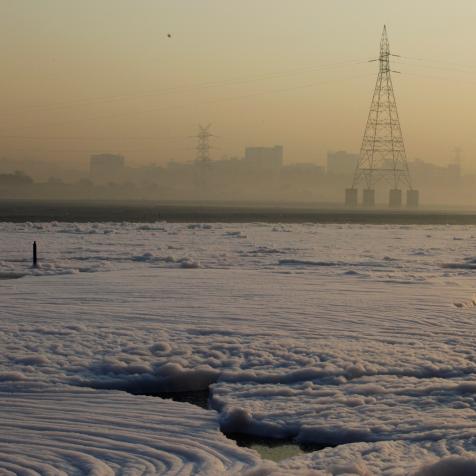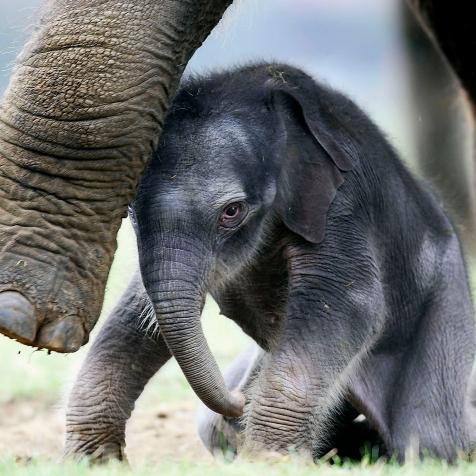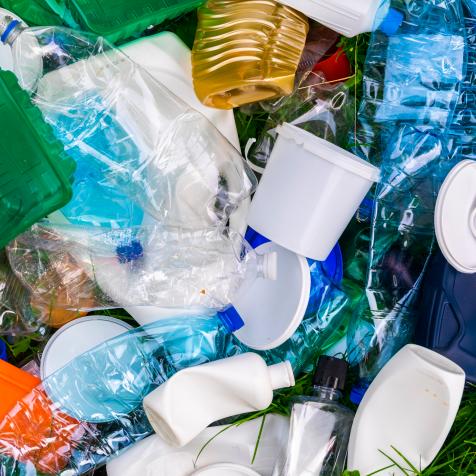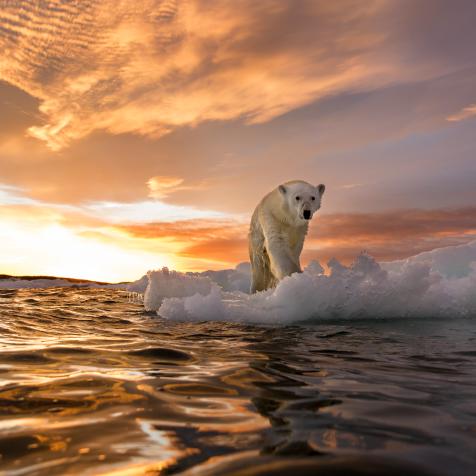
Paul Souders
Polar Heatwaves Raise Alarm On Ice Melt and Sea Level Rise
Polar heatwaves in the Arctic and Antarctic have climate scientists concerned about the possibility of rapid climate breakdown. Soaring seasonal temperatures of 40 degrees Celsius above normal in Antarctica and more than 20 Celsius in the Arctic could be a sign of cataclysmic shifts in both regions.
Earth’s cryosphere – areas where water freezes for all or part of the year – have been under stress from climate warming for decades. Data shows ice sheets are melting, snow and ice cover is decreasing, and polar regions are warming much faster than the rest of the planet.
Temperatures at Concordia Station in Antarctica on 18 March 2022 were minus 11.8 Celsius when they are usually between -50 and -60 below. Antarctica is moving out of summer and should be entering a period of rapid cooling. Meanwhile, the Arctic is slowly emerging from winter and yet temperatures above freezing were recorded on the Svalbard archipelago and Russia’s Franz Josef Land.
“They are opposite seasons. You don’t see the north and the south (poles) both melting at the same time,” said National Snow and Ice Data Center scientist Walt Meier to AP News. “It’s definitely an unusual occurrence.”

Paul Souders
Experts say the heat extremes are caused by a random weather event, the result of atmospheric rivers of warm moist air, bringing rain to frozen land and seascapes. But the fear is that a repeat might just signal more variable weather conditions and wider disruption of the cryosphere.
East Antarctica is one of the coldest and driest places on the planet, so the sudden break up of the Conger Ice Shelf in March is another troubling indicator. Melting ice and sudden collapse is common in the west, but the east of the continent is supposed to be more stable.
Sea levels could rise meters from just a handful of big melt events. In February, Antarctic sea ice was measured at its lowest level since records began in 1979, prompting scientists to say it may be tipping into overall decline.
Warmer temperatures in Antarctica over the past decade have allowed flowering plants to grow more rapidly. Sites, where the Antarctic pearlwort and hair grass thrive, have grown denser over the past 10 years. Researchers say the changes could be part of a step-change in the warming climate that would affect both plants and animals.

Chase Dekker Wild-Life Images
The effect of recent heat surges in the Arctic north could cause sea ice there to break up earlier than normal, affecting polar bears. Without sea ice, the bears cannot hunt for seals, their main food source, and scientists say ice-free Arctic summers are possible by 2050.
Atmospheric ozone levels look to be adding to global and polar warming. The gas, a form of oxygen, is formed in the lower atmosphere by chemical reactions between pollutants like vehicle exhaust fumes. Researchers have found that increased ozone at low levels is warming the Antarctic Ocean, as it leaks from populated areas.
Scientists are almost certain that 2022 will be among the top 10 hottest on record. UN researchers say that industrial emissions must fall in the next three years to avoid a catastrophic temperature rise. And if ice sheet melt accelerates then the world may face rapid and unstoppable sea level rises.


















